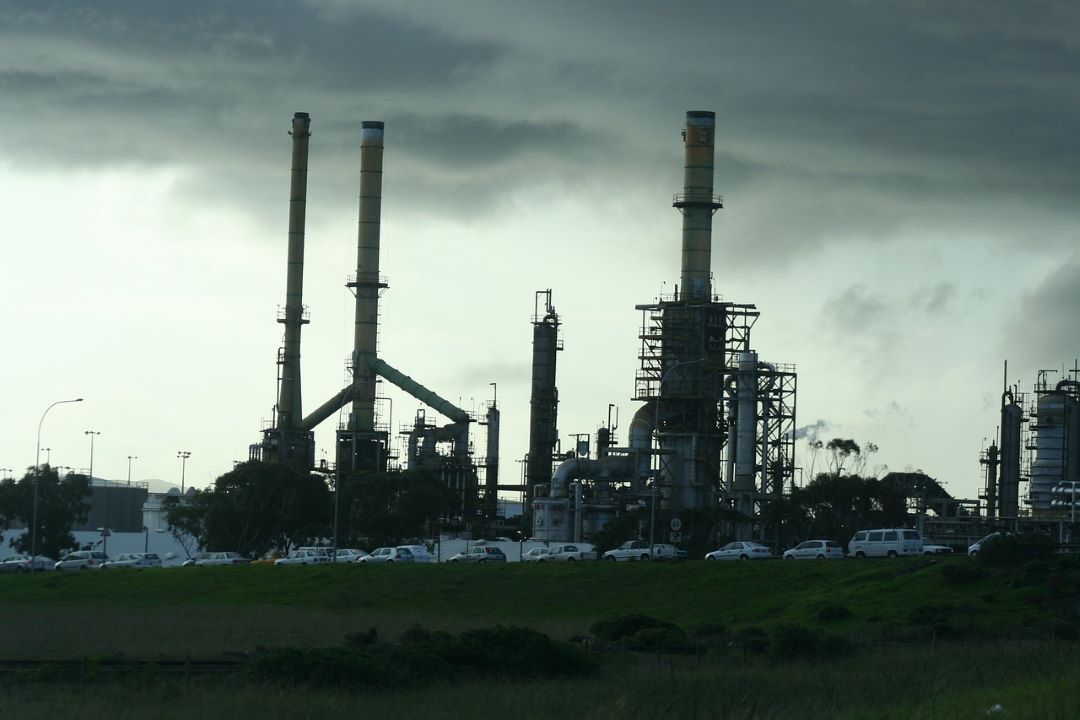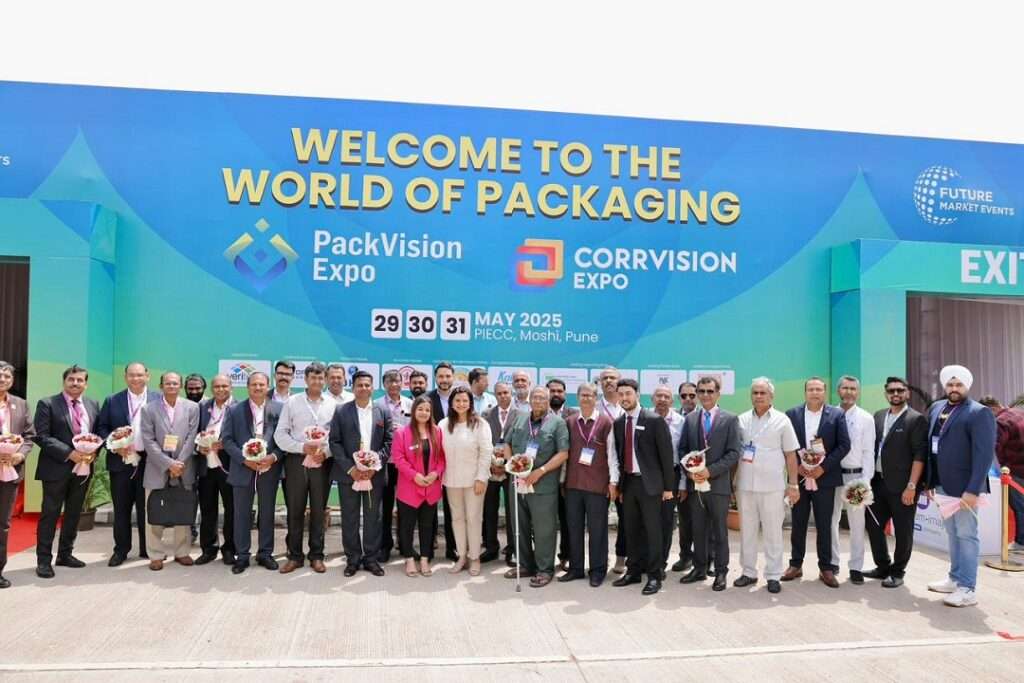The Adani Group has initiated India’s biggest hydrogen blending initiative, introducing green hydrogen into natural gas used in households in parts of Ahmedabad. Adani Total Gas Ltd, a joint venture with French energy firm TotalEnergies, has begun blending 2.2-2.3% green hydrogen into the piped natural gas system in Shantigram, Ahmedabad, the company shared on LinkedIn.
The blending of hydrogen produced through renewable sources like wind and solar with natural gas is aimed at reducing carbon emissions. This hydrogen-natural gas mix is then used for cooking and industrial purposes, providing a cleaner energy option than natural gas alone.
Adani Total Gas Ltd (ATGL) announced the successful commissioning of its hydrogen blending system and in-situ hydrogen generation in Shantigram. The project currently supplies hydrogen-enriched natural gas to 4,000 domestic and commercial customers.
Currently, state-run NTPC supplies similar hydrogen-blended gas to households in Surat’s Kawas area, and GAIL (India) Ltd is conducting a smaller pilot in Indore, using grey hydrogen. However, ATGL’s project is the largest in India to date.
The company plans to gradually increase the green hydrogen blend to 5% and eventually 8%, expanding its reach beyond Shantigram to other parts of Ahmedabad and regions where it holds a city gas distribution license.
ATGL highlighted that this effort represents a key milestone in reducing its carbon footprint and advancing clean energy solutions, contributing to lower greenhouse gas emissions and enhancing energy security.
ATGL CEO Suresh P. Manglani described the initiative as a pioneering step in decarbonizing India’s energy system, supporting the country’s move towards sustainable development and cleaner air. Despite its promise as a future fuel, green hydrogen’s corrosive nature limits its widespread use in pipelines and equipment.
However, testing has shown that blending up to 10% hydrogen with natural gas does not negatively impact existing infrastructure. ATGL’s current blend of 2.2-2.3% will progressively increase within the regulator’s limit of 8%. Hydrogen’s role in the global energy transition is significant, though high production costs remain a challenge.








